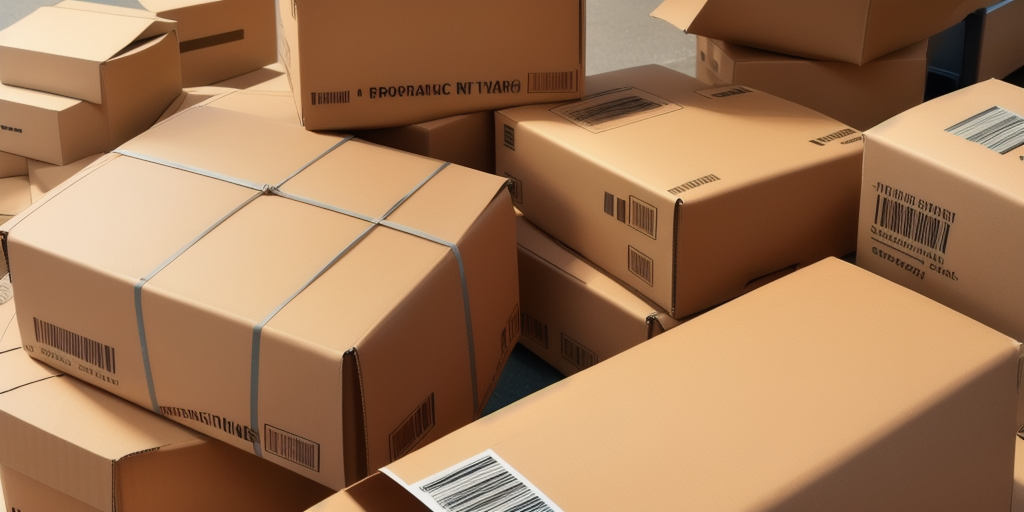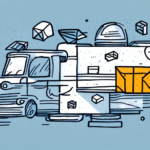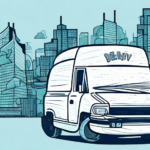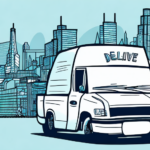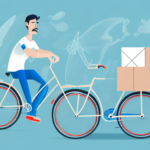Understanding Pickup and Drop Challenges
Managing the pickup and drop process efficiently is vital for businesses across various industries, including e-commerce, courier services, and logistics. However, several challenges can complicate this process:
- Multiple and varying pickup and drop locations
- Diverse types of items with different handling and delivery requirements
- Strict time constraints and delivery deadlines
- Effective communication with customers or clients
- Ensuring the safety of both personnel and items
Addressing these challenges requires a strategic approach that encompasses careful planning, organization, and the utilization of appropriate technologies. By understanding these obstacles, businesses can implement measures to mitigate their impact and enhance the overall efficiency of their pickup and drop operations.
Selecting Optimal Pickup and Drop Locations
Choosing the right locations for pickups and drops is crucial for streamlining operations. Key factors to consider include:
- Proximity to Starting Points: Locations should be strategically placed near warehouses or hubs to minimize travel time.
- Accessibility: Ensure that pickup and drop points are easily accessible for delivery vehicles, considering factors like road conditions and traffic patterns.
- Safety and Security: Locations must be secure to protect items and ensure the safety of personnel.
- Customer Convenience: Select locations that are convenient for customers, potentially increasing satisfaction and repeat business.
Additionally, scheduling pickups and drops during off-peak hours can help avoid traffic congestion, further enhancing efficiency. For businesses handling perishable items, selecting locations with temperature-controlled storage can maintain product quality.
Environmental Considerations
Reducing the environmental impact of your delivery operations is increasingly important. Consolidating pickup and drop locations can decrease fuel consumption and emissions. Collaborating with local businesses to share pickup points can also promote sustainability and community engagement.
Streamlining and Planning the Pickup and Drop Process
Efficiency in the pickup and drop process can be achieved through meticulous planning and process optimization. Key strategies include:
- Utilizing Checklists: Implementing checklists ensures that all items are accounted for, reducing the risk of errors.
- Route Optimization: Planning delivery routes to minimize travel time and costs can significantly enhance operational efficiency.
- Adopting Technology: Tools such as mobile apps, GPS tracking, and barcode scanners can facilitate smoother operations.
- Digital Paperwork: Transitioning to digital signatures and automated invoicing streamlines administrative tasks.
Ahead-of-time scheduling and developing contingency plans for unexpected delays or obstacles further ensures the reliability and resilience of your pickup and drop operations.
Leveraging Technology for Efficiency
Modern technology plays a pivotal role in optimizing pickup and drop processes. Implementing advanced tools can lead to substantial improvements in efficiency and customer satisfaction:
- Transportation Management Systems (TMS): TMS platforms facilitate real-time tracking of vehicles, shipments, and inventory, enhancing visibility and control.
- Courier Platforms: Digital marketplaces connect businesses with freelance drivers or specialized delivery companies, offering flexibility and scalability.
- Delivery Management Software: Features such as automated dispatch, driver tracking, and real-time customer notifications streamline operations.
According to a 2023 Department of Transportation report, integrating artificial intelligence and machine learning into logistics can reduce delivery times by up to 20% and decrease fuel consumption by 15%.
Innovations in Autonomous Delivery
The advent of autonomous vehicles and drones is transforming the logistics landscape. These technologies promise faster, more reliable deliveries while potentially lowering operational costs. Companies like Amazon and UPS are at the forefront, testing drone deliveries to enhance service speed and reach.
Effective Communication with Customers
Clear and consistent communication with customers is essential for successful pickup and drop processes. Effective communication strategies include:
- Transparent Updates: Providing regular status updates keeps customers informed about their deliveries.
- Responsive Customer Service: Promptly addressing inquiries and resolving issues fosters trust and satisfaction.
- Proactive Notifications: Anticipating customer needs by providing information on potential delays or changes in schedule can enhance the customer experience.
Research shows that businesses with effective communication strategies enjoy higher customer retention rates and positive reviews, directly contributing to long-term success.
Ensuring Safety and Handling Difficult Situations
Maintaining safety throughout the pickup and drop process is paramount. Key safety practices include:
- Proper Packaging: Using appropriate materials and handling techniques protects items during transit.
- Vehicle Maintenance: Regular inspections and maintenance of delivery vehicles prevent accidents and breakdowns.
- Compliance with Safety Regulations: Adhering to industry safety standards avoids legal issues and promotes a safe working environment.
- Staff Training: Providing comprehensive training ensures that employees are well-equipped to handle safety protocols.
Despite thorough planning, unexpected challenges may arise, such as uncooperative clients or adverse weather conditions. In such cases, maintaining professionalism, adapting strategies, and seeking customer feedback can mitigate negative impacts and uphold business reputation.
Future Trends in Pickup and Drop
The logistics sector is continually evolving, driven by technological advancements and changing consumer expectations. Key trends shaping the future of pickup and drop include:
- Autonomous Delivery Vehicles and Drones: These innovations promise increased efficiency and reduced operational costs.
- Artificial Intelligence Integration: AI and machine learning are being leveraged to optimize routes, predict maintenance needs, and enhance decision-making processes.
- Sustainability: There is a growing emphasis on eco-friendly delivery practices, such as electric vehicles and carbon-neutral operations.
Embracing these trends can help businesses stay competitive and meet the evolving demands of the market.
Adopting Green Logistics
With environmental concerns becoming more mainstream, adopting green logistics practices is not only beneficial for the planet but also for business reputation. Implementing strategies like route optimization to reduce fuel consumption and investing in electric delivery vehicles are ways businesses can contribute to sustainability efforts.
Overall, by understanding challenges, selecting optimal locations, streamlining processes, leveraging technology, communicating effectively, ensuring safety, and staying abreast of future trends, businesses can make their pickup and drop operations more efficient and effective, ultimately enhancing customer satisfaction and operational success.













